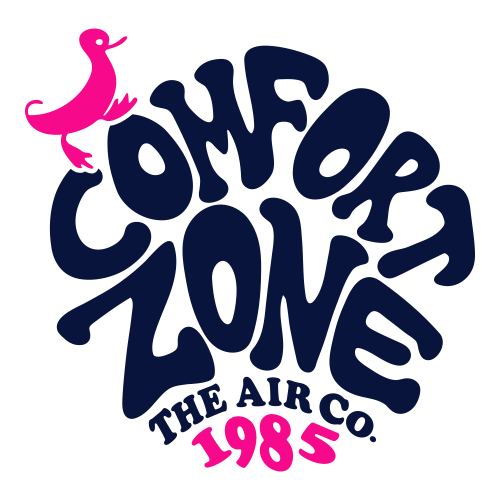
You shouldn’t have to compromise on comfort or spend a lot to keep your house at a pleasant setting during summer weather.
But what is the right temperature, exactly? We review recommendations from energy pros so you can choose the best temperature for your family.
Here’s what we suggest for the most energy-efficient setting for air conditioning in Cape Coral.
Recommended Thermostat Settings for Summer
Most people find setting the thermostat at 72-73 degrees provides ideal comfort. However, if there’s a big difference between your inside and outdoor temps, your electricity bills will be greater.
These are our recommendations based on the U.S. Department of Energy (DOE) and ENERGY STAR®.
While at home: 78 degrees. While that appears hot, there are approaches you can keep your home refreshing without having the air conditioning on frequently.
Keeping windows and blinds down during the day keeps cool air where it needs to be—inside. Some window solutions, such as honeycomb shades or plantation shutters, are created to offer extra insulation and better energy efficiency.
If you have ceiling fans in your house, the DOE says you can raise thermostat settings about 4 degrees hotter without compromising comfort. That’s since they cool by a windchill effect. Since they cool people, not areas, turn them off when you move from a room.
If 78 degrees still feels too uncomfortable at first glance, try running a test for about a week. Start by upping your thermostat to 78 degrees while you’re at your residence. Then, progressively lower it while adhering to the ideas above. You may be astonished at how comfortable you feel at a warmer temperature setting.
While away: 88 degrees. There’s no reason to keep the air conditioner running all day while your home is vacant. Switching the temperature 7–10 degrees warmer can save you an estimated 5–15% on your electricity bills, according to the DOE.
When you get home, don’t be tempted to put your thermostat under 78 to cool your home more rapidly. This isn’t productive and often results in a more expensive air conditioner cost.
A programmable thermostat is a helpful way to keep your settings in check, but you need to set programs. If you don’t use programs, you risk forgetting to increase the set temperature when you go.
If you’re looking for a convenient fix, think over installing a smart thermostat. This thermostat works with with your phone, so it knows when you’re at your house and when you’re out. Then it automatically adjusts temperature settings for the biggest savings. How much exactly? Typically $180 annually on heating and cooling, according to ENERGY STAR.
Another perk of installing a smart thermostat? You can use your phone to keep an eye on and adjust temperature settings from just about anywhere.
While sleeping: Around 70 degrees. While ENERGY STAR advises 82 degrees, that might be unbearable for many families. Many people sleep better when their bedroom is chilled, so that’s why the National Sleep Foundation recommends 60–67 degrees. But that might be too cool, depending on your PJ and blanket preference.
We advise trying a comparable test over a week, setting your thermostat higher and steadily lowering it to find the best temp for your residence. On cool nights, you could learn keeping windows open at night and relying on a ceiling fan is a preferable idea than using the AC.
More Approaches to Conserve Energy During Warm Weather
There are extra approaches you can spend less money on utility bills throughout hot weather.
- Upgrade to an energy-efficient cooling system. Central air conditioners only last about 12–15 years and get less efficient as they become older. A new air conditioner can keep your residence comfier while keeping AC costs low.
- Book annual air conditioner service. Routine air conditioner maintenance keeps your system running like it should and may help it run at better efficiency. It could also help prolong its life cycle, since it allows professionals to spot little issues before they lead to a major meltdown.
- Switch air filters often. Follow manufacturer instructions for changing your air filter. A dirty filter can lead to your system short cycling, or switch on and off too frequently, and increase your electricity.
- Measure attic insulation levels. Almost 90% of houses in the U.S. don’t have proper insulation, according to the Insulation Institute. Most southern climates need 13–14” of attic insulation, while northern climates should have 16–18”.
- Have your ductwork checked. Ductwork that has come apart over time can seep conditioned air into your attic, walls or crawl space. This can lead to huge comfort problems in your home, such as hot and cold spots.
- Seal holes, doors and windows. Keep hot air in its place by sealing openings. You can also caulk or weather strip doors to trap more cold air indoors.
Conserve More Energy During Warm Weather with Comfort Zone, LLC
If you are looking to use less energy this summer, our Comfort Zone, LLC specialists can assist you. Get in touch with us at 239-214-0411 or contact us online for additional details about our energy-saving cooling solutions.
